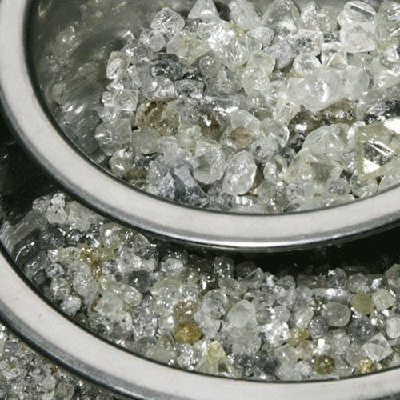
The value of global rough diamond production fell for the first time in three years despite an increase in the volume of stones produced. Production volumes, however, rose 2.1 per cent to 127.4 million carats.

The value of global rough diamond production fell for the first time in three years despite an increase in the volume of stones produced.
Diamond output worldwide declined 4.2 per cent in value to US$13.88 billion (AU$18.5 b) in 2015, compared to US$14.5 billion (AU$20.9 b) in 2014, according to statistics released by the Kimberley Process.
Production volumes, however, rose 2.1 per cent to 127.4 million carats.
The decline in global production reflects a 6.2 per cent drop in the average price per carat of rough, which fell from US$116 (AU$155) in 2014 to US$109 (AU$145) in 2015.
Russia consolidated its position as the world’s biggest diamond producer, both in terms of volume, with 41.9 million carats, and value, with US$4.2 billion (AU$5.7 b).
Botswana had held the top spot in production value since 2009 but in 2014, the Russian Federation overtook the African nation.
Russia increased its share of global rough production by 2.9 per cent in 2015, representing 32.9 per cent of total global production. However, the country’s stones sold for an average of US$101.15 (AU$135) per carat, which was lower than Botswana’s US$143.73 (AU$191.8) per carat.
Australia surged into fourth place in terms of volume, behind the Democratic Republic of Congo in third, and leapfrogging Canada in the process.
A total of 13.6 million carats were produced in Australia last year, an increase of 46 per cent; however, its relatively low price per carat of US$23 (AU$30) meant the total value of the stones produced was US$308 million (AU$411 m) – much lower than Russia and Botswana.
India remained the biggest importer of rough diamonds with a spend of US$13.4 billion (AU$17.8 b). It imported 130 million carats, which accounted for around 38 per cent of the global total.
The Kimberley Process Certification Scheme started in 2003 with the aim of ensuring there were no so-called “conflict diamonds” on the market. Trade and production data of participants, by value and volume, is collated each year and published in an annual report.